Biology & conservation of threatened species
The Western Ghats of India, a treasure trove of biodiversity, harbours a remarkable array of threatened wildlife including megaherbivores to tiny amphibians. However, there is limited knowledge regarding their current status, distribution, biology, and the threats they face, which push them closer to extinction. By synergizing scientific rigour with active community engagement, our ultimate goal is to secure the long-term survival of these vulnerable and endangered species. At present, we are focussing on a wide array of threatened species including the lion-tailed macaque (Macaca silenus), bonnet macaque (Macaca radiata) and Salim Ali’s Fruit Bat (Latidens salimalii) Smooth-coated Otter (Lutrogale perspicillata), Small-clawed Otter (Aonyx cinereus), Cycas annaikalensis, and Malabar torrent toad (Blaira ornata).
Ongoing & recent projects and programmes:
According to the IUCN red list, Cycas annaikalensis is the only Critically Endangered cycad species reported from India. Currently the species is surviving with hardly about 100 individuals in the type locality and a newly reported site near to it with very few reproductively mature individuals. Since these mature individuals do not cone frequently the annual fecundity rate is critically low. The presently known habitat of this species is a highly disturbed reserve forest outside the protected area network suffering from cattle grazing, local hunting, unsustainable collection of forest produce and frequent fire events. Consequently, C. annaikalensis suffers direct threat from collection of whole plants, leaves, cones and seeds by local people, traditional healers and plant sellers for various purposes. The present project aims to assess the population status, threats and develop conservation strategies for this endangered cycad.
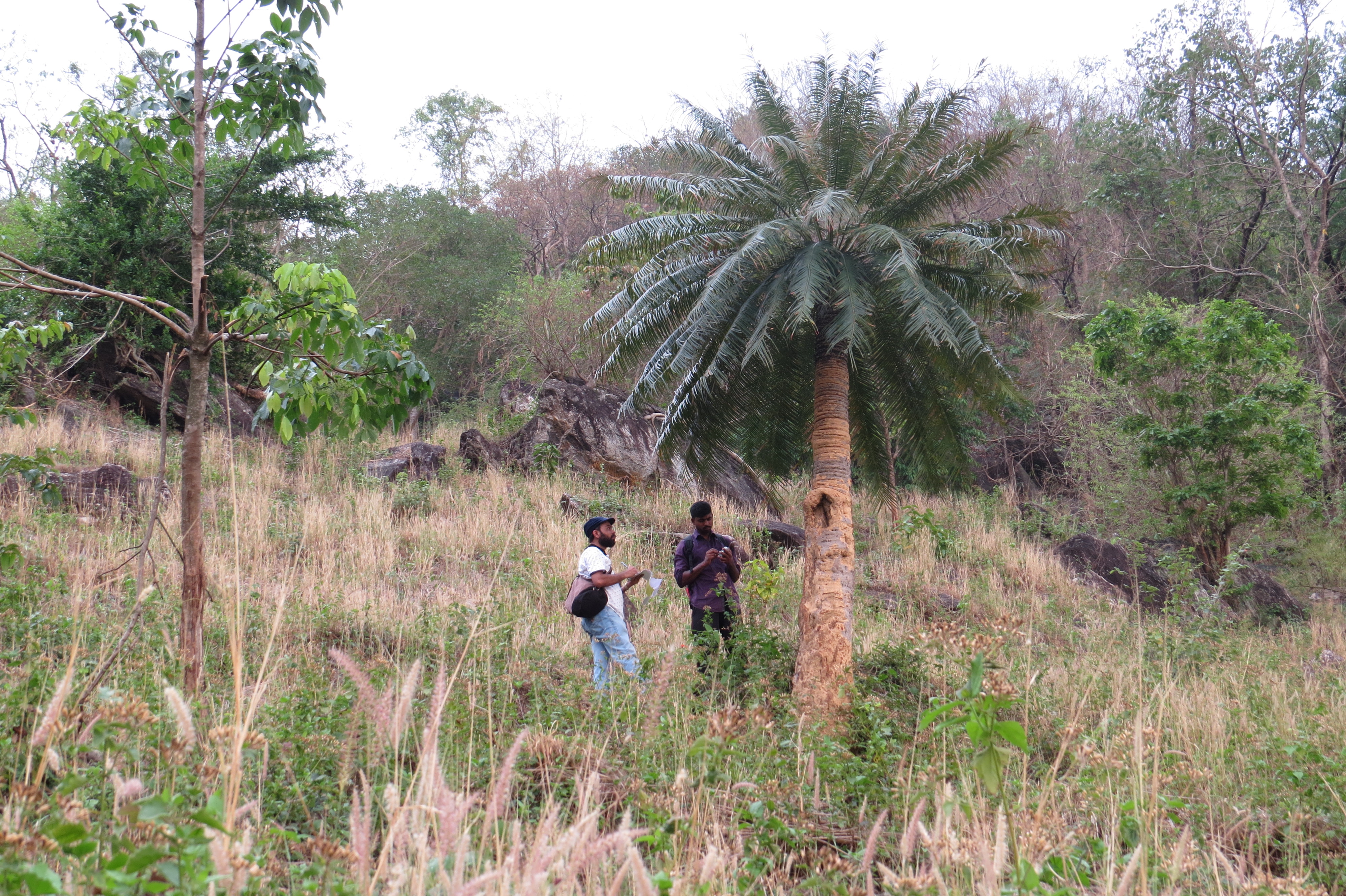
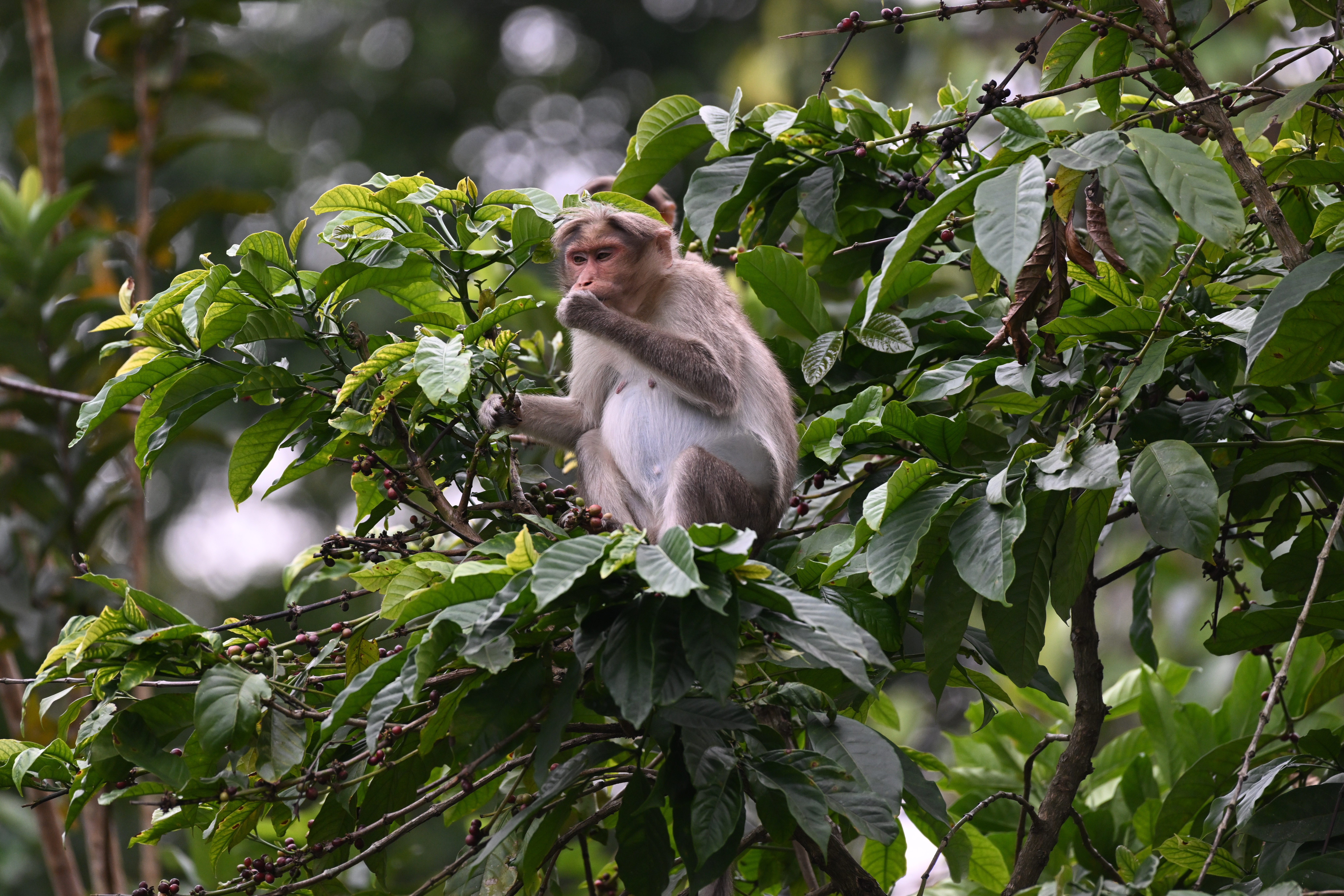
Human civilization has had a negative impact on wildlife; however, several species successfully thrive in urban and rural habitats. Their adaptations to novel stressors, food sources, predators, and other challenges in human-dominated areas enable them to thrive in these environments. The study of these adaptations provides crucial information for conservation efforts and helps mitigate negative interactions, such as human-wildlife conflicts over resources. Globally, primates are among the most threatened animals, with several species inhabiting human-modified habitats. The number of threatened primate species and threats to various primate populations has increased in recent years, casting doubt on the survival of several species. When exploring human-wildlife conflict from an ecological perspective, food emerges as a significant factor driving conflicts and competition for resources. This study aims to understand the dietary selection, food patch preferences, and behavioral flexibility of the Bonnet macaque in different habitats while comparing these findings with anthropogenic food-related factors. Specifically, we seek to explore the relationship between anthropogenic food sources and interactions between humans and Bonnet macaques. This research can provide insights into the primary drivers behind changing foraging behaviors and habitat expansions of Bonnet macaques in anthropogenic environments.
The endangered lion-tailed macaque (Macaca silenus) is a keystone primate species in the Western Ghats of India. Habitat loss and fragmentation are the major cause of endangerment of the species. Adding to this, in several locations, the animals started interacting with humans, which is a serious conservation concern. This study investigates the intricate dynamics of human interactions with the lion-tailed macaque in the Western Ghats of India, focusing on stakeholder perceptions. Through a mixed-methods approach involving interviews, focus groups, surveys, and observational studies, the research aims to understand the attitudes of local communities, conservationists, government officials, and tourists. The study will explore factors influencing stakeholder perspectives, assess awareness levels regarding the conservation status of lion-tailed macaques, and identify potential solutions to mitigate conflicts and enhance coexistence. The expected outcomes include valuable insights into the complexities of human-lion-tailed macaque interactions,informing targeted conservation strategies and educational initiatives for fostering harmonious relationships between humans and this endangered primate species.
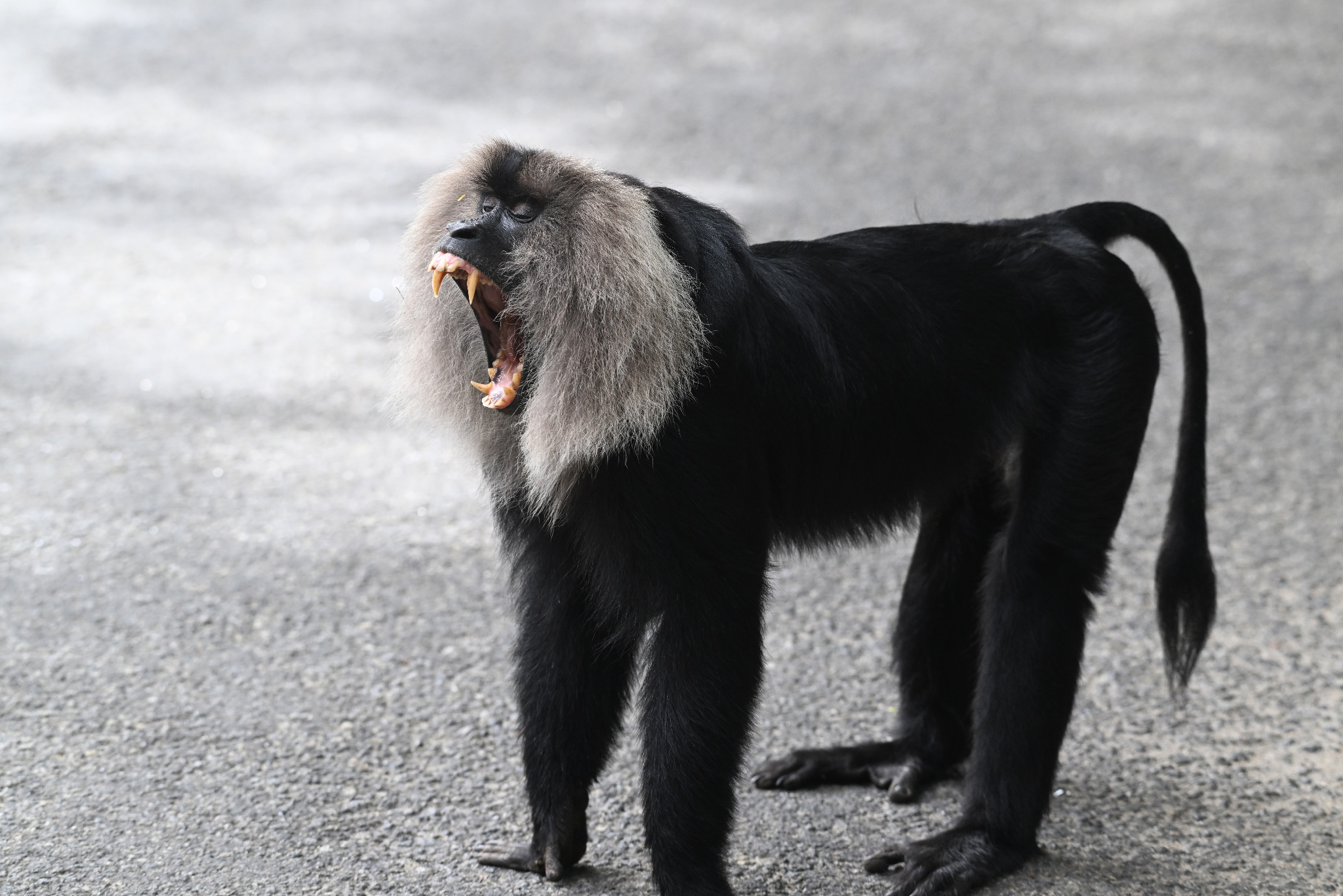
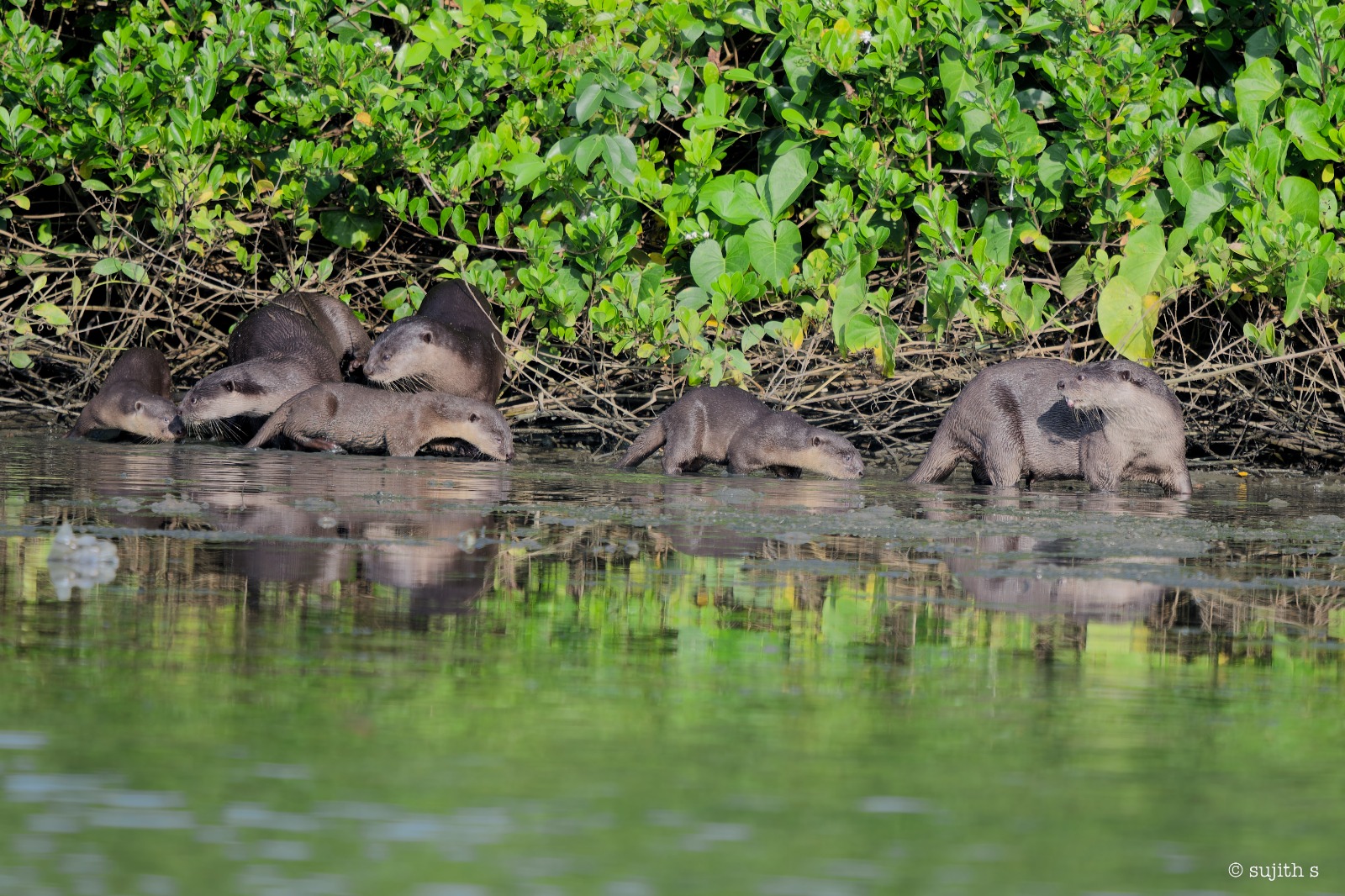
Otters are known as keystone species in the riparian and aquatic ecosystems. Of the three species of otters found in India, two species Asian small-clawed otter and the Smooth-coated otter found Kerala. Both the species are listed as Vulnerable in the IUCN red list owing to the habitat loss and other threats. There is perceived expansion of the population in many riverine systems after the floods in Kerala. Consequently, there is also an increase in the reports on human-otter interactions. The proposed study aims to document the current population status of otters outside the forest areas in Kerala and assess the human-otter conflicts to propose strategies for conservation and conflict reduction.
Salim Ali's fruit bat (Latidens salimalii), among the world's rarest bats, is an evolutionarily distinct, monotypic, and critically endangered frugivorous species unique to the southern Western Ghats of India. It thrives in montane tropical evergreen forests, as well as coffee and cardamom plantations, within an altitude range of 800-1,100m. Unfortunately, its population is rapidly declining due to habitat loss, anthropogenic pressures from plantations, consumption as meat, and use in traditional medicine. Local communities often hold negative perceptions of bats due to their alleged association with the Nipah virus spillover in Kerala, compounded by inadequate knowledge about the species and a lack of effective law enforcement by the Forest Department to safeguard them. This project's mission is to locate and safeguard these bats within their natural habitat, study their interaction with local communities, and implement conservation education and capacity-building programs to raise awareness about the species' significance and the vital ecological role played by bats in the Western Ghats. By adopting a holistic approach, this initiative aims to kickstart the long-term conservation of these lesser-known and misunderstood bat species in the Western Ghats.
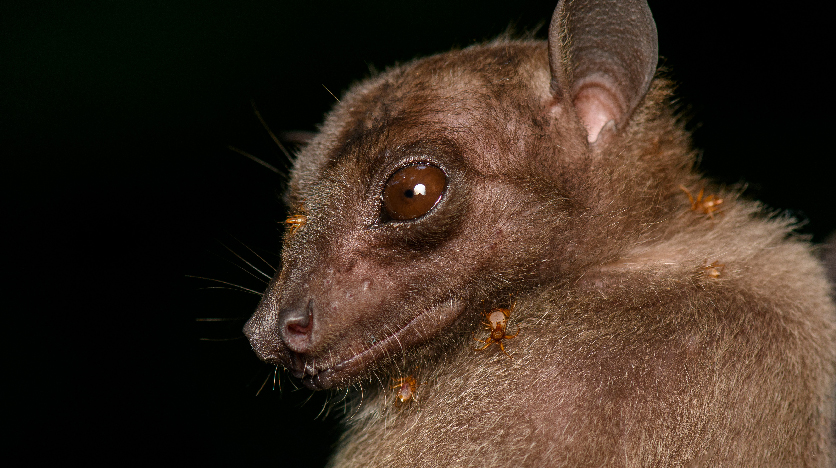
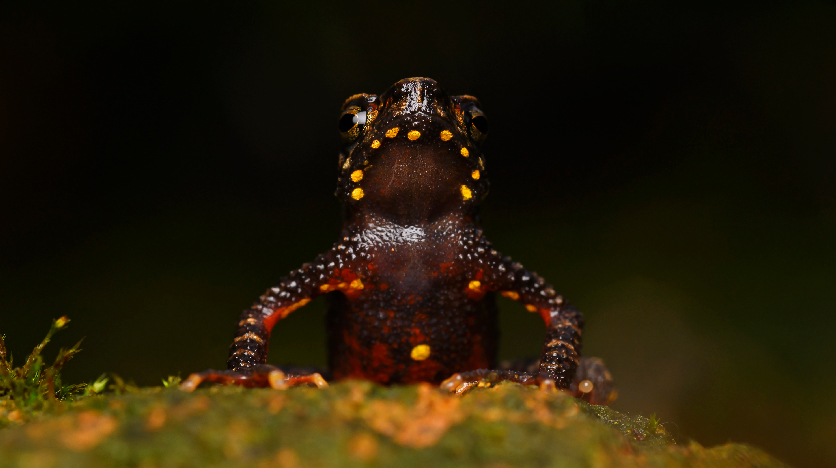
This comprehensive conservation project dedicated to safeguarding the endangered Ghatophryne ornata, a lesser-known toad species inhabiting the Kerala region of the Western Ghats. Our holistic approach combines extensive research with on-ground conservation efforts, all driven by active community engagement. Our objectives encompass: 1) Investigating the status, distribution, and habitat preferences of G. ornata , utilizing advanced niche modeling techniques; 2) Exploring the behavior and ecology of G. ornata, including reproductive biology, activity patterns, call descriptions, and tadpole characteristics; 3) Assessing and quantifying anthropogenic pressures and other threats through community surveys and direct observations, leading to the development of effective conservation action plans involving various stakeholders; 4) Examining the stability and individual specificity of ventral patterns for future population monitoring; and 5) Preparing an IUCN Red List assessment for G. ornata, in accordance with IUCN guidelines, to evaluate the species' risk factors. Join us in our mission to protect this unique toad species and its habitat in the Western Ghats
Team & Collaborators:
Funding:
KSCSTE, Kerala Forest and Wildlife Department, Mohammed Bin Species Conservation Fund, Conservation Leadership Programme.